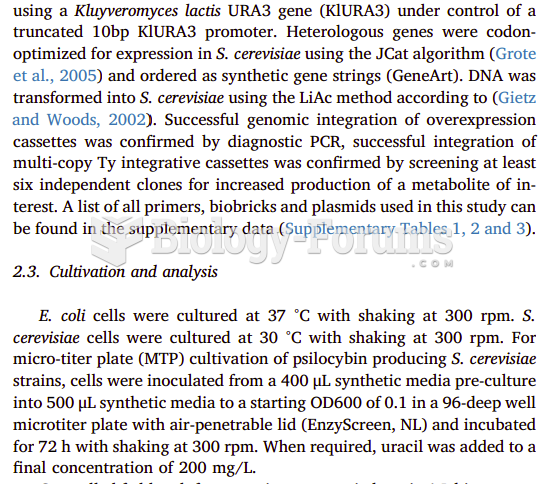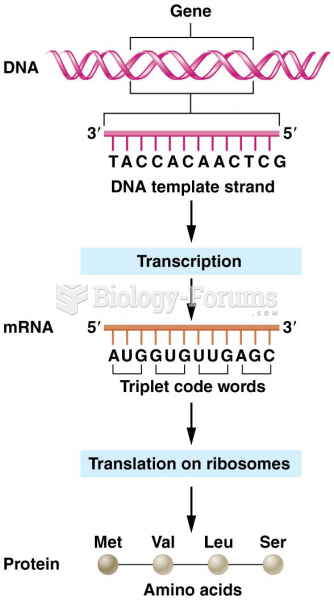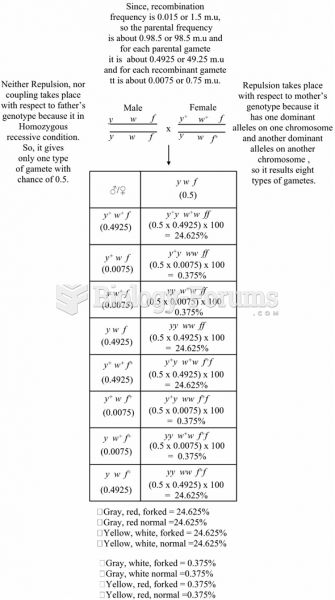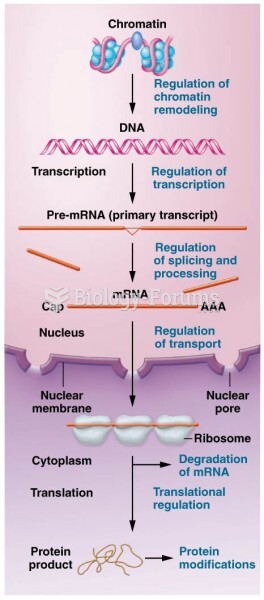Answer to Question 1
The type of anger expression as a gender-related risk factor for CHD has also recently been explored. Davidson and Mostofsky coded interviews of 785 men and women participants according to the following anger expression styles: (1) Constructive anger expression- assertively discussing why they are upset with the person they feel anger toward in an attempt to resolve the situation while considering that person's point of view. (2) Destructive anger justification- blaming others for their anger and expressing self-justification and desire for vindication; and (3) Destructive anger rumination- holding grudges, brooding, and discussing their anger repetitiously in a way that magnifies their animosity. Their prospective study found that constructive anger seemed to have a protective effect for CHD in men but not women, whereas destructive anger justification increased CHD risk for both men and women.
Answer to Question 2
Although hostility and anger are overlapping constructs, Suls and Bunde point out that hostility refers to cynical attitudes about others whereas anger involves feelings of being treated unjustly and is accompanied by subjective arousal; anger expression refers to tendencies to be verbally or physically antagonistic.. Thus, hostility refers to an attitude, anger refers to a feeling, and anger expression refers to behaviors. Over the ensuing decades, they note, hostility, anger, anger expression, as well as depression and anxiety have all been linked to CHD. In addition, they point out, these risk variables amount to three overlapping negative affectivity dimensions of anger-hostility, depression, and anxiety that, in spite of their linkage to CHD, have also at times produced mixed or even negative results as CHD predictors. Some of the negative results may stem from the differences in the way these negative affectivity constructs have been defined and measured.







